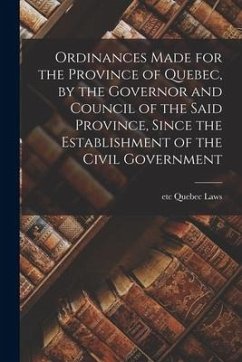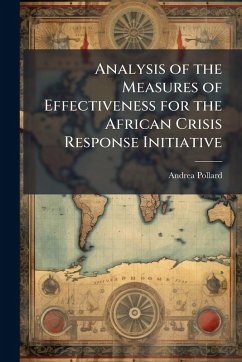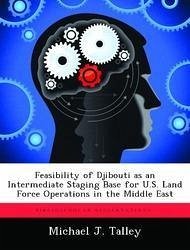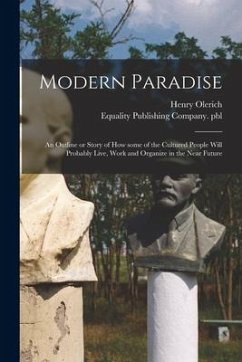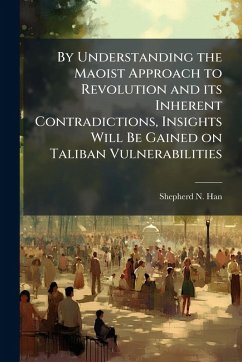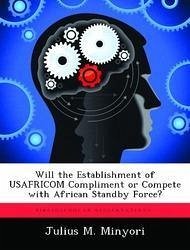
Will the Establishment of USAFRICOM Compliment or Compete With African Standby Force?
Versandkostenfrei!
Versandfertig in über 4 Wochen
14,99 €
inkl. MwSt.

PAYBACK Punkte
7 °P sammeln!
Since the announcement of USAFRICOM in 2007 and its eventual establishment in 2008, a lot has been said about its intentions and designs in Africa. However, the US government and African Command (AFRICOM) commander have repeatedly stated that AFRICOM's sole purpose is to capacitate African governments to respond to crises within the continent. Herein is the possibility of competition that AFRICOM poses to African Standby Force (ASF), because ASF was established for the same purpose. The view within Africa is that African problems should be solved by Africans, but African countries do not have ...
Since the announcement of USAFRICOM in 2007 and its eventual establishment in 2008, a lot has been said about its intentions and designs in Africa. However, the US government and African Command (AFRICOM) commander have repeatedly stated that AFRICOM's sole purpose is to capacitate African governments to respond to crises within the continent. Herein is the possibility of competition that AFRICOM poses to African Standby Force (ASF), because ASF was established for the same purpose. The view within Africa is that African problems should be solved by Africans, but African countries do not have the capacity to effectively deal with emerging security problems which have the potential to impact the global political economy. The establishment of USAFRICOM promises to bridge the capacity gap and provide African countries with some of the lacking capacity. However African leaders are resisting the establishment due to a myriad of reasons. This paper reviews this relationship and finds that cooperation is better than competition when it comes to issues of security in Africa. This work has been selected by scholars as being culturally important, and is part of the knowledge base of civilization as we know it. This work was reproduced from the original artifact, and remains as true to the original work as possible. Therefore, you will see the original copyright references, library stamps (as most of these works have been housed in our most important libraries around the world), and other notations in the work. This work is in the public domain in the United States of America, and possibly other nations. Within the United States, you may freely copy and distribute this work, as no entity (individual or corporate) has a copyright on the body of the work. As a reproduction of a historical artifact, this work may contain missing or blurred pages, poor pictures, errant marks, etc. Scholars believe, and we concur, that this work is important enough to be preserved, reproduced, and made generally available to the public. We appreciate your support of the preservation process, and thank you for being an important part of keeping this knowledge alive and relevant.





